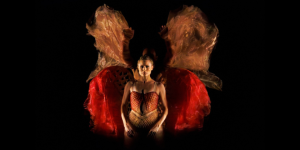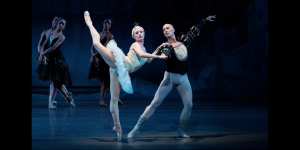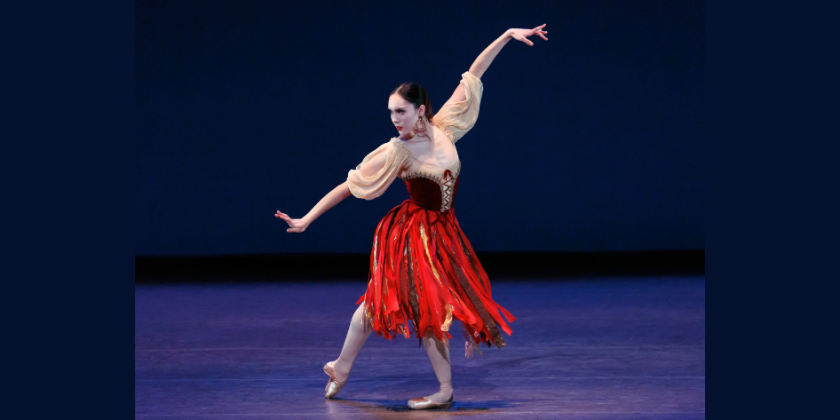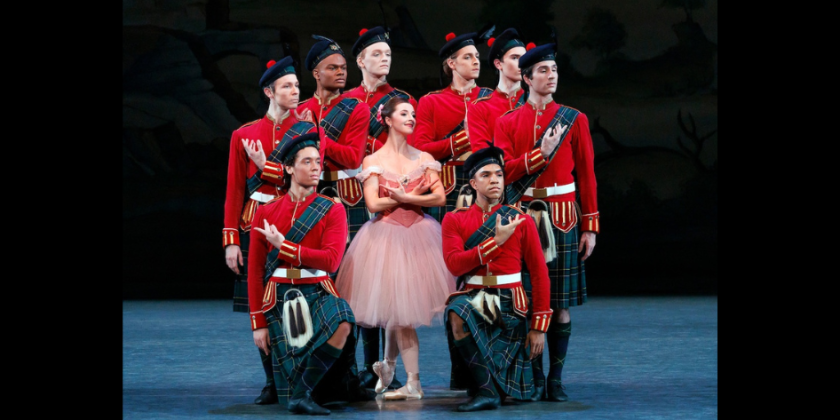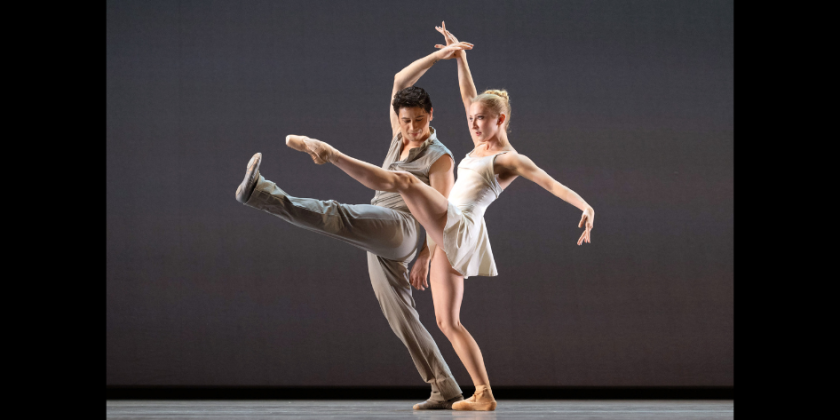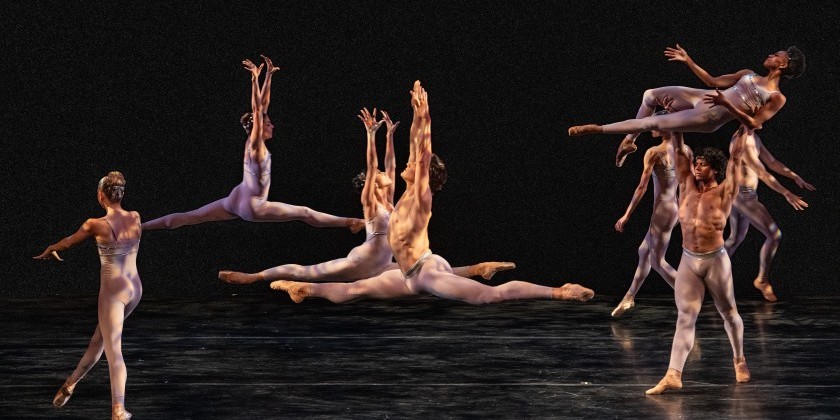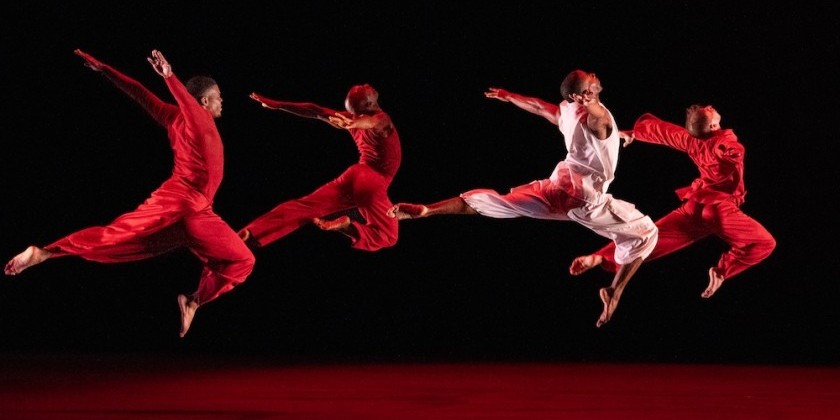IMPRESSIONS: New York City Ballet's Spring 2025 Season - "All Balanchine l"
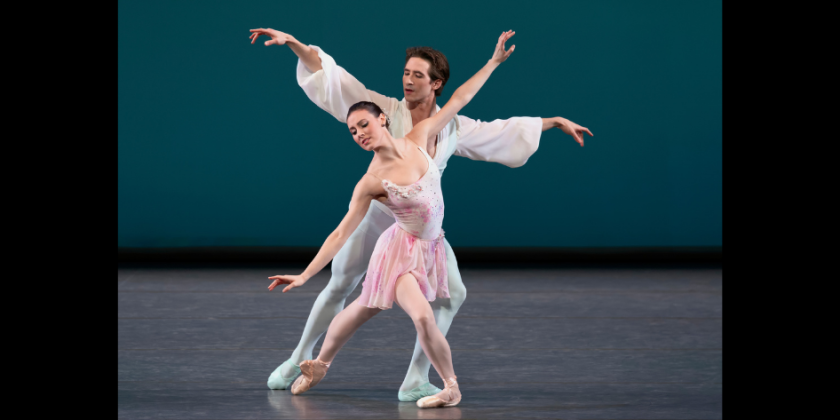
New York City Ballet
David H. Koch Theater, Lincoln Center
2025 Spring Season: April 22 – June 1, 2025
“ALL BALANCHINE I”
Wednesday, April 23 & Tuesday, April 29
Guest Conductor: Nicolette Fraillon
New York City Ballet’s spring season opened with a program dedicated to ballets by co-founder George Balanchine. Two of the four music selections on this evening happen to be lifted from operas; another one was part of the original 1877 Moscow production of Swan Lake and got lost and found again. However, the program’s most exciting work, Apollo, marked the beginning of one of the most fruitful collaborations of the 20th century, between composer Igor Stravinsky and Balanchine.

Roman Mejia in George Balanchine’s Apollo. Photo: Erin Baiano
Balanchine’s version of the ballet about the young God and three Muses first saw the light in June 1928, during a Paris season of Diaghilev’s Ballets Russes. Over the years, Balanchine pruned the ballet of supporting characters, sets, and any ornamentation or atmosphere. With his eyesight failing near the end of his life, he adjusted the lighting in most of his ballets to evoke a bright and sunny day. This treatment presents one advantage: in a masterwork such as Apollo, the lucky audience gets to observe every single step. Well after Balanchine, resident lighting designer Mark Stanley tuned Ronald Bates’ Apollo design for modern implements; and Stanley manage

Taylor Stanley in George Balanchine’s Apollo. Photo: Erin Baiano
Based on my impression of the two (of three) Apollos I got to see this season, I applaud administration for choosing unlikely Gods. Thankfully skin color does not get in the way of casting any longer; and while Taylor Stanley’s melanin does not make him look Greek, and Roman Mejia’s short stature might not designate him as an obvious pick for the role, their dancing convinces me that Gods come in all shapes and sizes.
Stanley’s poetic soul renders the hero a dreamer. Mejia (in his debut) enjoys every second of his outing on valorous alert. The curtain opens and Apollo rotates his arm repeatedly in a grand circle strumming his lute upwards as if sending his music around the world.
When the Muses appear, Apollo gives each an identifying tchotchke. Calliope gets a notebook to scribble on, Polyhymnia a face mask for her job in pantomime, and Terpsichore a little lyre, presumably to accompany her own dancing should Apollo be sowing his seeds elsewhere.

Unity Phelan in George Balanchine’s Apollo. Photo credit: Paul Kolnik
Muses Ashley Hod and Dominika Afanasenkov debut alongside Stanley’s Apollo and Unity Phelan as Terpsichore. All three women repeat their turns with Mejia, who works his boyish yet muscular looks. He supports Phelan confidently and he gallantly offers her the palm of his hand where she rests her cheek. She extends the gesture to the other Muses, while they all travel on their heels. Among many memorable moments, Mejia delivers the most intriguing passage by syncopating his skidding knee in a way that makes one believe that the Muses substitute for his sun horses galloping and pulling
Ballo della Regina, to a frolicking score from Giuseppe Verdi’s opera Don Carlo, displayed the superior technique of the role’s originator, ballerina Merrill Ashley, when it premiered in 1978. I first saw it about ten or eleven years later, and Ashley still soared high propelling herself across the stage and eating space in daring, off-center moves. She reigned with authority, while hopping on pointe with daredevil speed. Do the current interpreters know the meaning of the word “Regina”? Tiler Peck smiles radiantly and relentlessly, and transforms the queen into a soubrette. It’s a poor choice. I wonder if the small slip toward the beginning of her solo made her dancing small-scaled, or if the music in her variation is simply too fast. Emma von Enck in the alternate cast fares better, but her slight figure does not quite allow the illusion that she commands the space.

Tiler Peck, Joseph Gordon, and the Company in George Balanchine’s Ballo della Regina. Photoc: Erin Baiano
While the leading man in the ballet used to be relegated to Prince Consort, Joseph Gordon steps on the gas pedal and makes it his ballet. Nothing short of brilliant, he electrifies the audience with ever-ascending leaps and buttery soft landings as well as multiple pirouettes with an immaculate finish. Attentive to Peck when partnering, he steals the show whenever he gets to go solo. David Gabriel as von Enck’s partner might not be on Gordon’s level yet, but I enjoy his phrasing and fully committed “in the moment”- dancing.

Emma Von Enck and David Gabriel in George Balanchine’s Ballo della Regina. Photo: Erin Baiano
The two different pairings in Tschaikovsky Pas de Deux delight the spectators. Indiana Woodward and Andrew Veyette, who will retire later this season, sail through this chestnut without any problems. Megan Fairchild infuses her variations with a more frisky attitude and plays ball with the orchestra. It’s fun; and Gordon, as her partner, picks up on it. I wonder how the music fit into the original production of Swan Lake. Balanchine does not allude to the historic context, but instead serves lots and lots of pleasurable froth as the ballet’s master barista.

Indiana Woodward in George Balanchine’s Tschaikovsky Pas de Deux. Photo: Erin Baiano
Composer Christoph Willibald von Gluck’s opera Orphée et Euridice proved a recurrent assignment for Balanchine, from his first Orfeo for the Metropolitan Opera in 1936, to later versions for the Paris Opera (1973) and Chicago Lyric Opera (1975). Orpheus also became the theme of one of New York City Ballet’s signature works, when Balanchine and Stravinsky created a new ballet on the old tale for the company’s opening night in 1948.
Balanchine’s Chaconne, set to Gluck’s music, premiered in 1976 at NYCB, but is based on his 1963 version for an opera production in Hamburg. While the atmosphere may read as otherworldly, there is no linear plot. The tender opening pas de deux lets the man comfort and support a subdued heroine. He carries her off giving the impressions that she is the one who actuates the locomotion. Because of his almost invisible assistanc

The mood varies in sections for three and two and five dancers, but the intricate partnering for the main couple carries the work and makes it worthwhile. Isabella LaFreniere and Peter Walker, as well as Sara Mearns and Tyler Angle, are up to the task. The orchestra under guest conductor Nicolette Fraillon produces a full, satisfying sound and I find myself happily humming the melodies on my way out of the theater.





